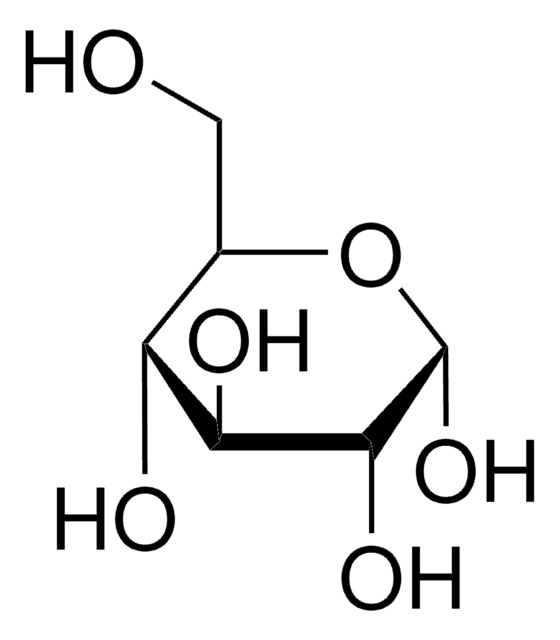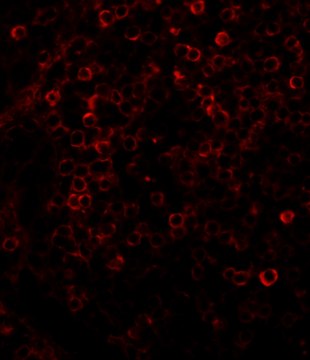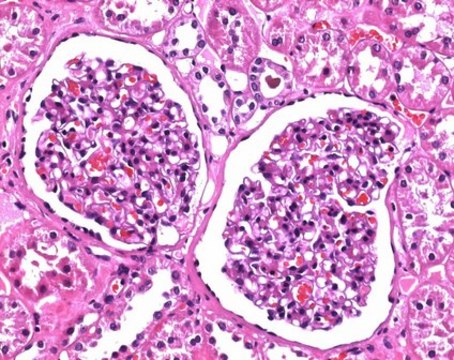09-818
Anti-CARM1 Antibody
from rabbit
Synonym(s):
Protein arginine N-methyltransferase 4, coactivator-associated arginine methyltransferase 1, coactivator-associated arginine methyltransferase-1
About This Item
Recommended Products
biological source
rabbit
Quality Level
antibody form
affinity isolated antibody
antibody product type
primary antibodies
clone
polyclonal
species reactivity
rat, human
species reactivity (predicted by homology)
mouse
technique(s)
western blot: suitable
NCBI accession no.
UniProt accession no.
shipped in
wet ice
target post-translational modification
unmodified
Gene Information
human ... CARM1(10498)
mouse ... Carm1(59035)
General description
Specificity
Immunogen
Application
A 1 μg/mL dilution of this lot detected CARM1 in HeLa nuclear extracts. (Figure A).
Target description
Physical form
Analysis Note
Included Positive Antigen Control: Catalog # 12-309, HeLa nuclear extract. Add an equal volume of Laemmli reducing sample buffer to 10 μL of lysate and boil for 5 minutes to reduce the preparation. Load 20 μg of reduced lysate per lane for minigels.
Other Notes
Not finding the right product?
Try our Product Selector Tool.
Storage Class Code
12 - Non Combustible Liquids
WGK
WGK 1
Flash Point(F)
Not applicable
Flash Point(C)
Not applicable
Certificates of Analysis (COA)
Search for Certificates of Analysis (COA) by entering the products Lot/Batch Number. Lot and Batch Numbers can be found on a product’s label following the words ‘Lot’ or ‘Batch’.
Already Own This Product?
Find documentation for the products that you have recently purchased in the Document Library.
Our team of scientists has experience in all areas of research including Life Science, Material Science, Chemical Synthesis, Chromatography, Analytical and many others.
Contact Technical Service





